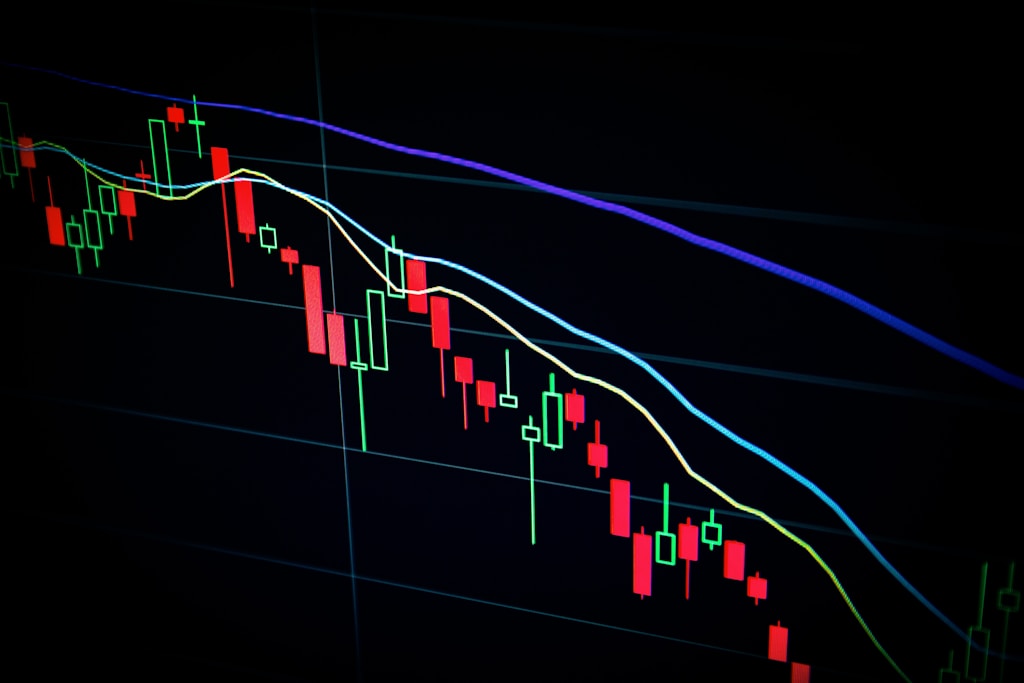In a groundbreaking proposal that could reshape the future of digital finance, Cardano founder Charles Hoskinson has called for a ‘crypto-native Bretton Woods’ system with Bitcoin at its core. This ambitious vision aims to establish Bitcoin as the foundation for a new algorithmic stable-value system, completely independent of traditional banking infrastructure.
The Vision for a Bitcoin-Backed Monetary System
Speaking at a recent panel focused on Bitcoin DeFi, Hoskinson drew powerful parallels between Bitcoin’s potential role and the historic Bretton Woods agreement that once anchored the global financial system to gold. This proposal comes at a crucial time, as concerns about US dollar reserve status mount among financial leaders.
The Case Against Centralized Stablecoins
Hoskinson’s critique of centralized stablecoins was particularly pointed, describing them as a dangerous reintroduction of traditional banking elements into the crypto ecosystem. His vision for an algorithmic stablecoin backed purely by Bitcoin represents a radical departure from current stablecoin models.
Institutional Adoption and Supply Dynamics
The proposal gains additional weight amid increasing institutional interest in Bitcoin. As major corporations continue to add Bitcoin to their treasuries, Hoskinson predicts a significant supply squeeze in the coming 24-36 months.
Technical Implementation and Challenges
The technical framework for this new monetary system would build on existing experiments with algorithmic stablecoins, including Cardano’s own Djed protocol. However, the proposal faces significant technical and regulatory hurdles that must be addressed.
FAQ Section
What is the proposed Bitcoin Bretton Woods system?
It’s a proposed monetary framework where Bitcoin would serve as the foundation for an algorithmic stable-value system, similar to how gold backed the dollar under the original Bretton Woods agreement.
How would this affect Bitcoin’s price?
If implemented, this system could significantly increase Bitcoin demand and potentially lead to supply shortages, as predicted by Hoskinson.
What are the main challenges to implementation?
Key challenges include technical development of the algorithmic mechanisms, regulatory compliance, and achieving widespread adoption among market participants.
At press time, Bitcoin trades at $104,960, reflecting the growing institutional interest in cryptocurrency as a serious financial asset.
